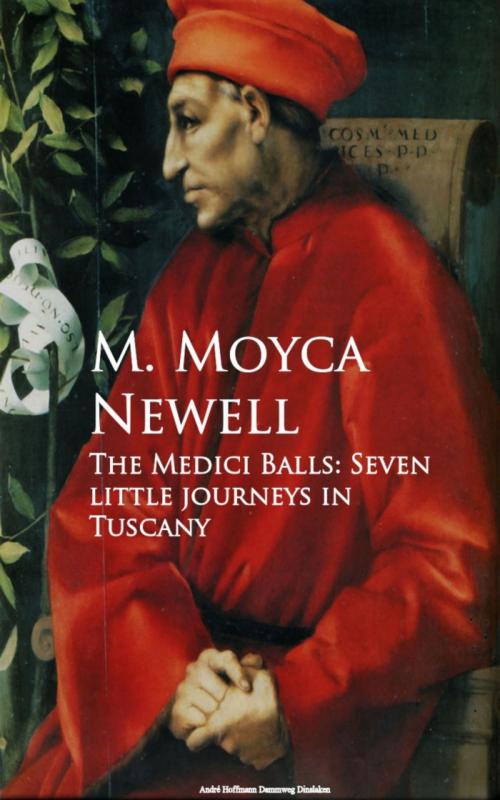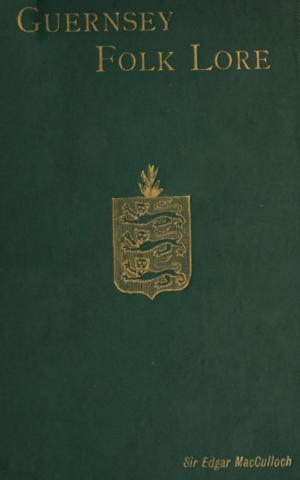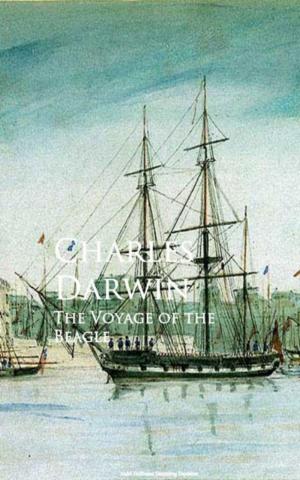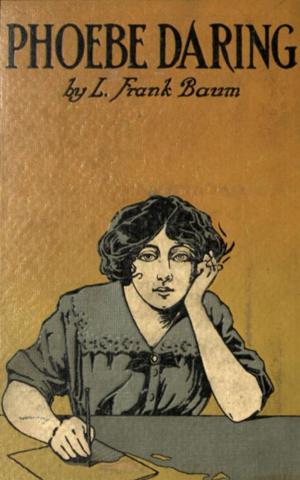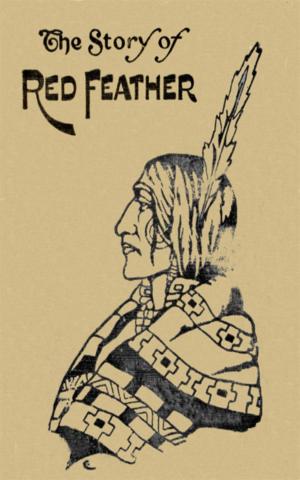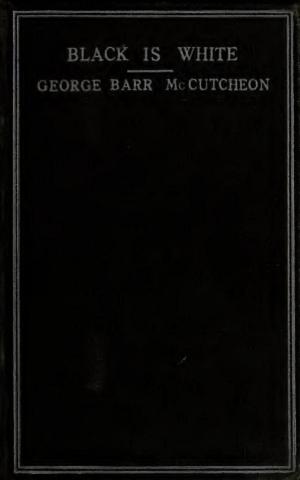| Author: | M. Moyca Newell | ISBN: | 9783736416864 |
| Publisher: | anboco | Publication: | September 30, 2016 |
| Imprint: | Language: | English |
| Author: | M. Moyca Newell |
| ISBN: | 9783736416864 |
| Publisher: | anboco |
| Publication: | September 30, 2016 |
| Imprint: | |
| Language: | English |
Why the Medici family assumed the well-known device of red balls on a field of gold, is one of the vexed questions of heraldic history. Some hold that as the saints, Cosmo and Damian, who appear so often in the votive pictures of the Medici, were also patron saints of medicine and surgery, and because the name of the family signifies physicians, the balls may suggest pills (palle). Others think that a cluster of balls, formerly the sign of money-lenders, was adopted as a device by Giovanni de' Medici, founder of the greater branch of the illustrious house, who as a banker attained great wealth and influence. As the Medici identified themselves with the trading interests and government of Florence, and were connected with several noble Florentine families, their coat of arms became familiar throughout all that extensive territory subject to Florence in the fifteenth century. With its varied number of balls, or quartered with other arms, as charged with the royal lily of[viii] France, or surmounted by the keys of St. Peter and a pontiff's tiara, it greets the traveller at every turn, not only on palaces and city gates, but on illuminated manuscripts and choir books, on the covers of mediæval ledgers, and terra-cotta wine jars. Thus the title of "Medici Balls" has been given to the following record of seven little journeys in Tuscany by the authors, who in all their travels, even in lanes and modest farm-houses, have found themselves under the ægis of the powerful banker-princes of Florence. The shield, bearing seven red balls on a field of gold, represents the arms of Piero de' Medici, and the period when Medicean supremacy was at its height; in the sequence of balls employed by the various members of the family, it serves to connect the eight balls displayed on the arms of Cosimo, Pater Patriæ, the munificent financier, with the six balls of Lorenzo the Magnificent, in whom the glory and renown of the family culminated.
Why the Medici family assumed the well-known device of red balls on a field of gold, is one of the vexed questions of heraldic history. Some hold that as the saints, Cosmo and Damian, who appear so often in the votive pictures of the Medici, were also patron saints of medicine and surgery, and because the name of the family signifies physicians, the balls may suggest pills (palle). Others think that a cluster of balls, formerly the sign of money-lenders, was adopted as a device by Giovanni de' Medici, founder of the greater branch of the illustrious house, who as a banker attained great wealth and influence. As the Medici identified themselves with the trading interests and government of Florence, and were connected with several noble Florentine families, their coat of arms became familiar throughout all that extensive territory subject to Florence in the fifteenth century. With its varied number of balls, or quartered with other arms, as charged with the royal lily of[viii] France, or surmounted by the keys of St. Peter and a pontiff's tiara, it greets the traveller at every turn, not only on palaces and city gates, but on illuminated manuscripts and choir books, on the covers of mediæval ledgers, and terra-cotta wine jars. Thus the title of "Medici Balls" has been given to the following record of seven little journeys in Tuscany by the authors, who in all their travels, even in lanes and modest farm-houses, have found themselves under the ægis of the powerful banker-princes of Florence. The shield, bearing seven red balls on a field of gold, represents the arms of Piero de' Medici, and the period when Medicean supremacy was at its height; in the sequence of balls employed by the various members of the family, it serves to connect the eight balls displayed on the arms of Cosimo, Pater Patriæ, the munificent financier, with the six balls of Lorenzo the Magnificent, in whom the glory and renown of the family culminated.
